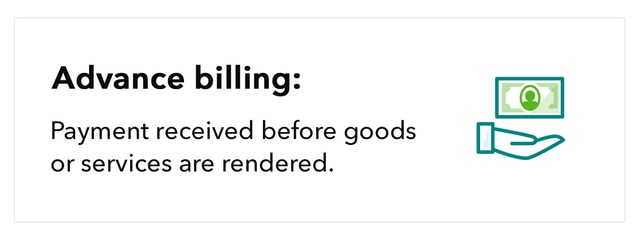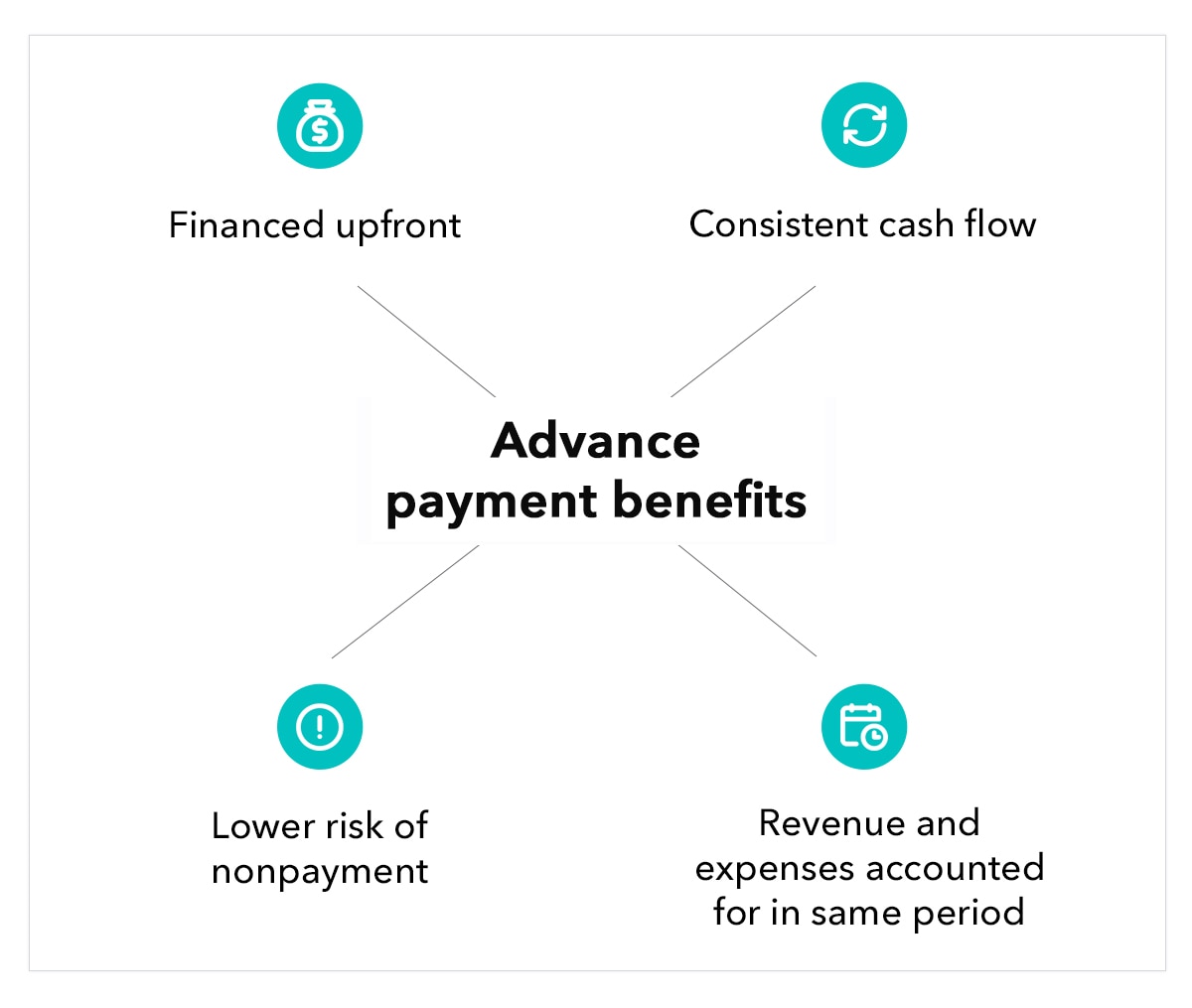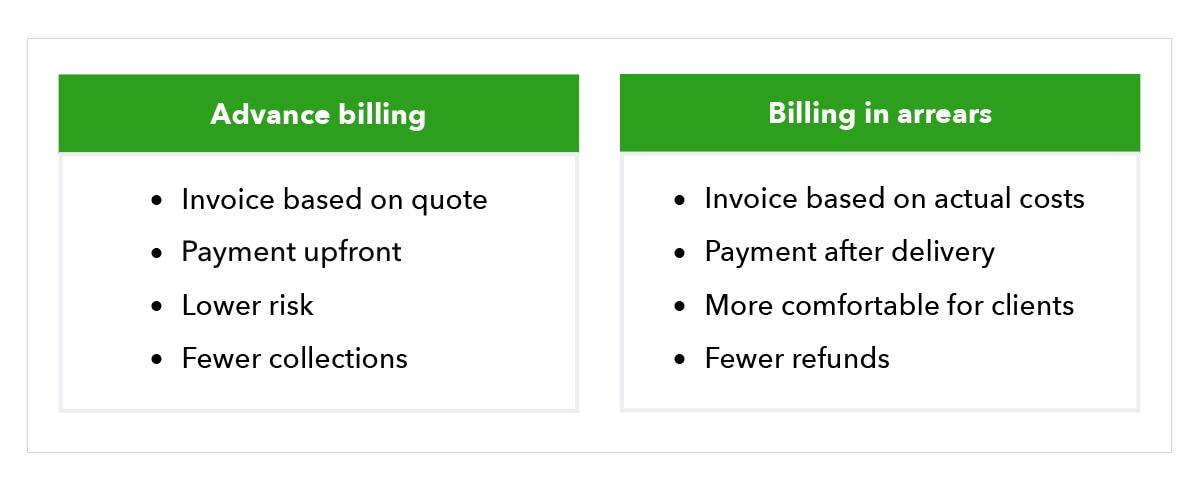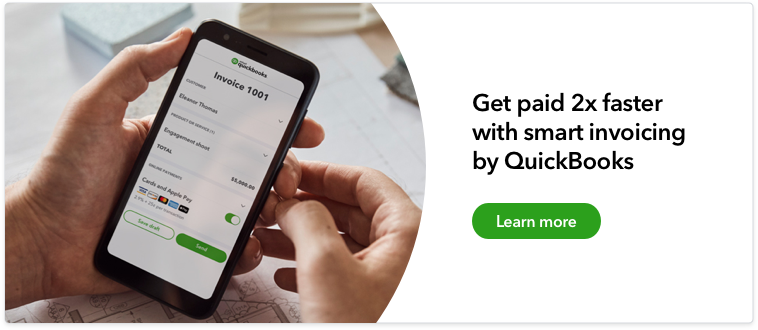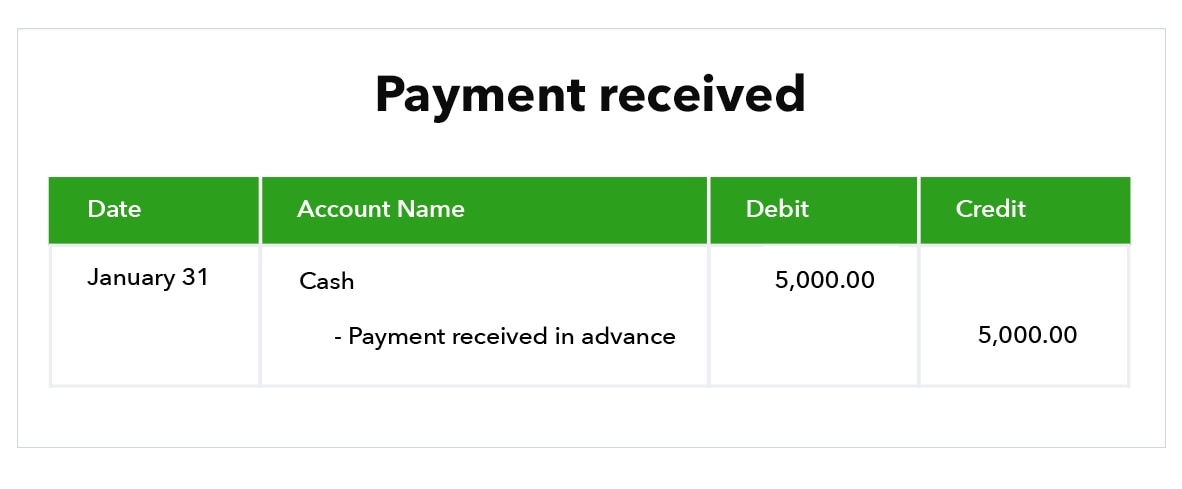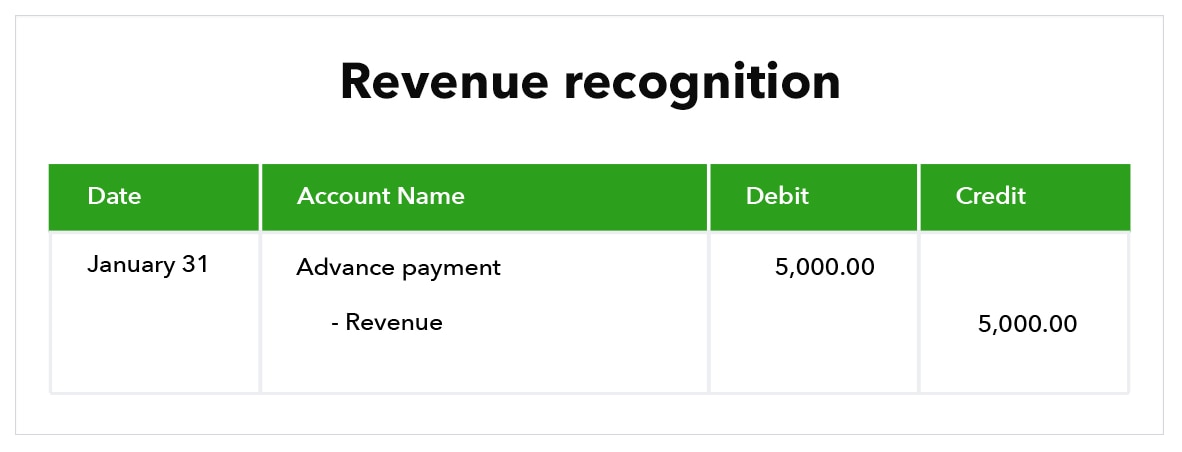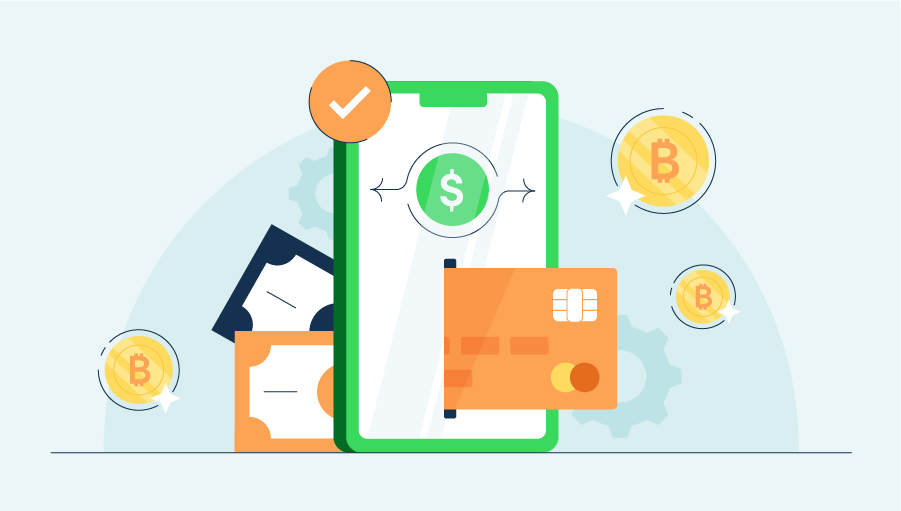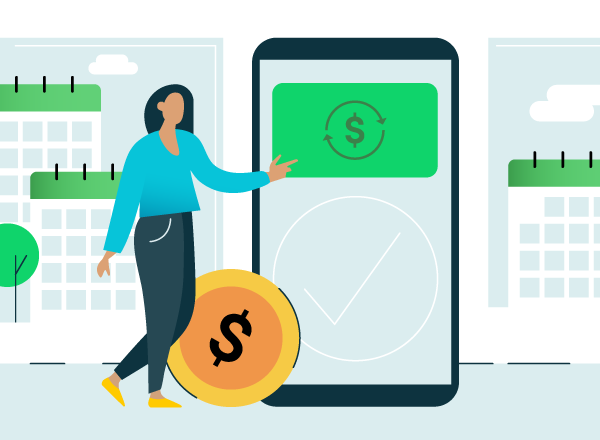Depending on your business and preferences, one billing method may be better suited for you over the other. Each billing method has its own advantages and disadvantages. Let’s take a closer look at the differences between advance billing and billing in arrears:
- By billing in advance, you have startup capital to use toward the project. However, some customers are not comfortable paying upfront when they haven’t seen the finished product.
- With billing in arrears, you can prove the quality of your work before requiring payment. In this way, billing in arrears is an easier way to build trust with your clients. However, you also have to put trust in clients to pay their bill.
- With advance billing, you don’t have to worry about following up for payment. However, if additional work or materials are needed, you’ll have to charge the customer on a separate invoice, meaning you won’t get paid until later.
- With billing in the arrears, you run the risk of having to continuously follow up with clients for payment. In some cases, these unpaid invoices may fall through the cracks. However, you can include the total for everything involved with the project on a single invoice, even if changes occur.
- With advance billing, you run a higher risk of having to issue a refund. This can be the case when a client cancels a job before it’s completed or when it’s completed for less than the original quote.
- With billing in arrears, refunds are much rarer because you don’t receive payment until completion.
When deciding which billing method is best, consider these differences and the type of services you’re providing. Typically, advance billing is better suited for recurring clients with repetitive projects, while billing in arrears is better for one-off projects that may change. You may even choose to start with billing in arrears for the first payment, then switch over to advance payment for future projects. This may be a valuable part of client relationship building.









